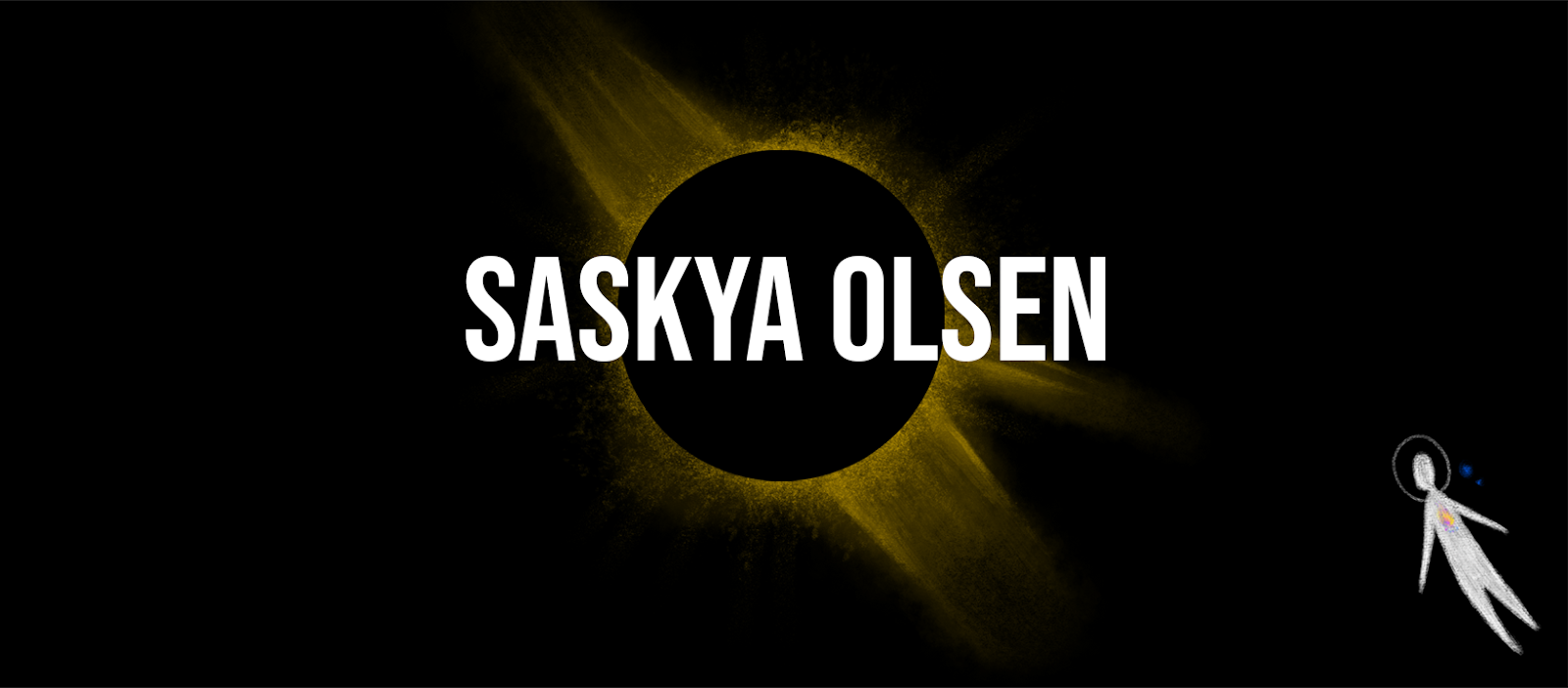Toolkit 2: The Texturing Pipeline & Kitbash Outcome
This blog post documents a series of exercises that strengthen a basic Autodesk Maya skillset. There's a focus on the texturing pipeline, and a separate Kitbash outcome at the bottom of the page.
Texturing:
I've been developing my knowledge of the 3D texturing pipeline through Live classes. Weeks 1 - 3 focused on texturing a book model, looking into the effects of Ambient Occlusion passes, the different types of texture mapping, and using the node editor to manipulate textures. I found basic texturing achievable, and I was surprised at the effectiveness of proper bump maps and specular maps (seen in the second image below). However, I struggled to understand Maya's Hypershade workflow (seen in the third image below). I hope to revisit this example with a better understanding of Maya's hypershade in order to add gold detailing to the book's cover.
 |
| Above, an Arnold lighting render with two Ambient Occlusion passes. No colour, just a representation of light decay. Created in Photoshop. |
 |
| Above, a 3D model with bump maps, specular maps, and diffuse maps applied. |
 |
| Above, the hypershade workspace. |
Normal & Ambient Occlusion Map Baking:
Using a programme called 'XNormal', I was able to bake a normal map and Ambient Occlusion map for a barrel model. This method of texturing can trick the eye into believing a model has more detail. Normal maps can create the illusion of detail based upon the camera within Maya's viewport. By adding a normal map and ambient occlusion map, the modelling process for this asset example is drastically shortened, and therefore more efficient.
 |
| Above, program XNormal creating a normal map. |
 |
| Above, a relatively detailed model in Maya's viewport. This was created with only a few texture maps exported out of Photoshop. |
Animated Texture Maps:
Below, a video demonstrating how exported premier Pro/ After Effect files can be applied to a surface as a material and played as a sequence. To achieve this, its important to use a sensible naming convention e.g. name.0000.tif. This way, each frame is saved and played in the correct order. Videos can be looped either by keyframing or through the graph editor.
Kitbash:
An exercise that required my to build a 3D model using existing parts, a digital Lego creation. I found this an enjoyable exercise that allowed me to be inventive and creative without the hassle of modelling my own building blocks. I tried to create a sensible outcome with logical and functional asset placement. A applied a gold material pre-set and rendered out the final outcome. I'm surprisingly pleased with the result:


Comments